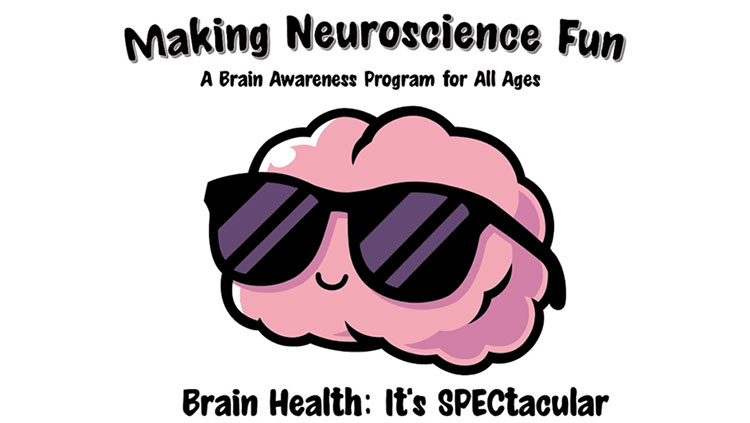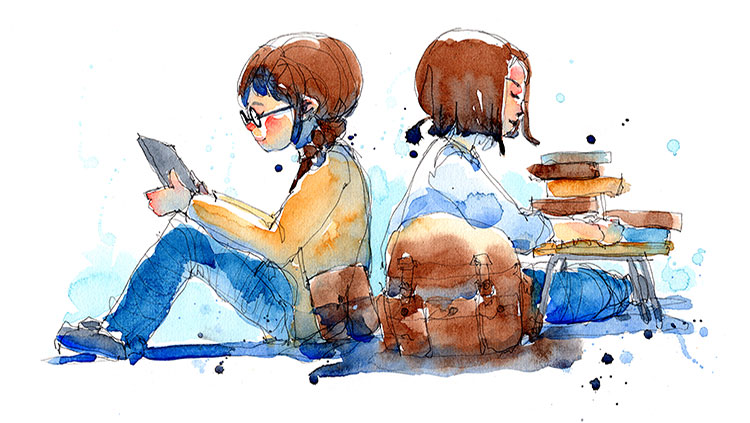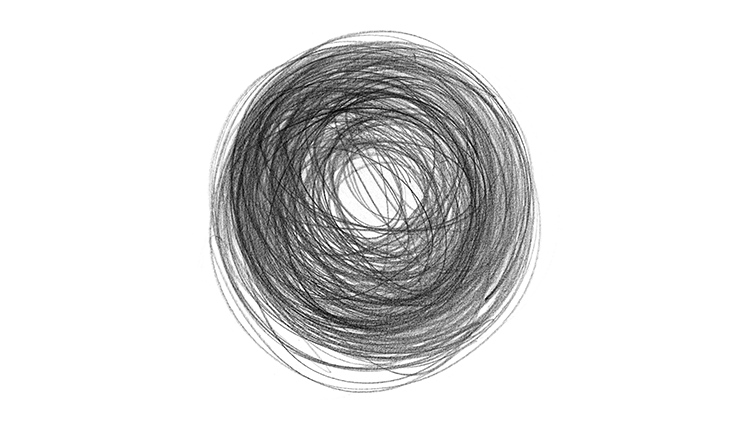Move Your Body, Grow Your Brain
- Published18 Aug 2017
- Reviewed18 Aug 2017
- Source Edutopia
Why does author John Ratey call exercise "Miracle Grow for the brain"?
This Brain-Based Learning article touches on the importance of daily exercise breaks for the developing brain.
Access Move Your Body, Grow Your Brain from Edutopia.
CONTENT PROVIDED BY
Edutopia
Also In Teaching Techniques
Trending
Popular articles on BrainFacts.org












